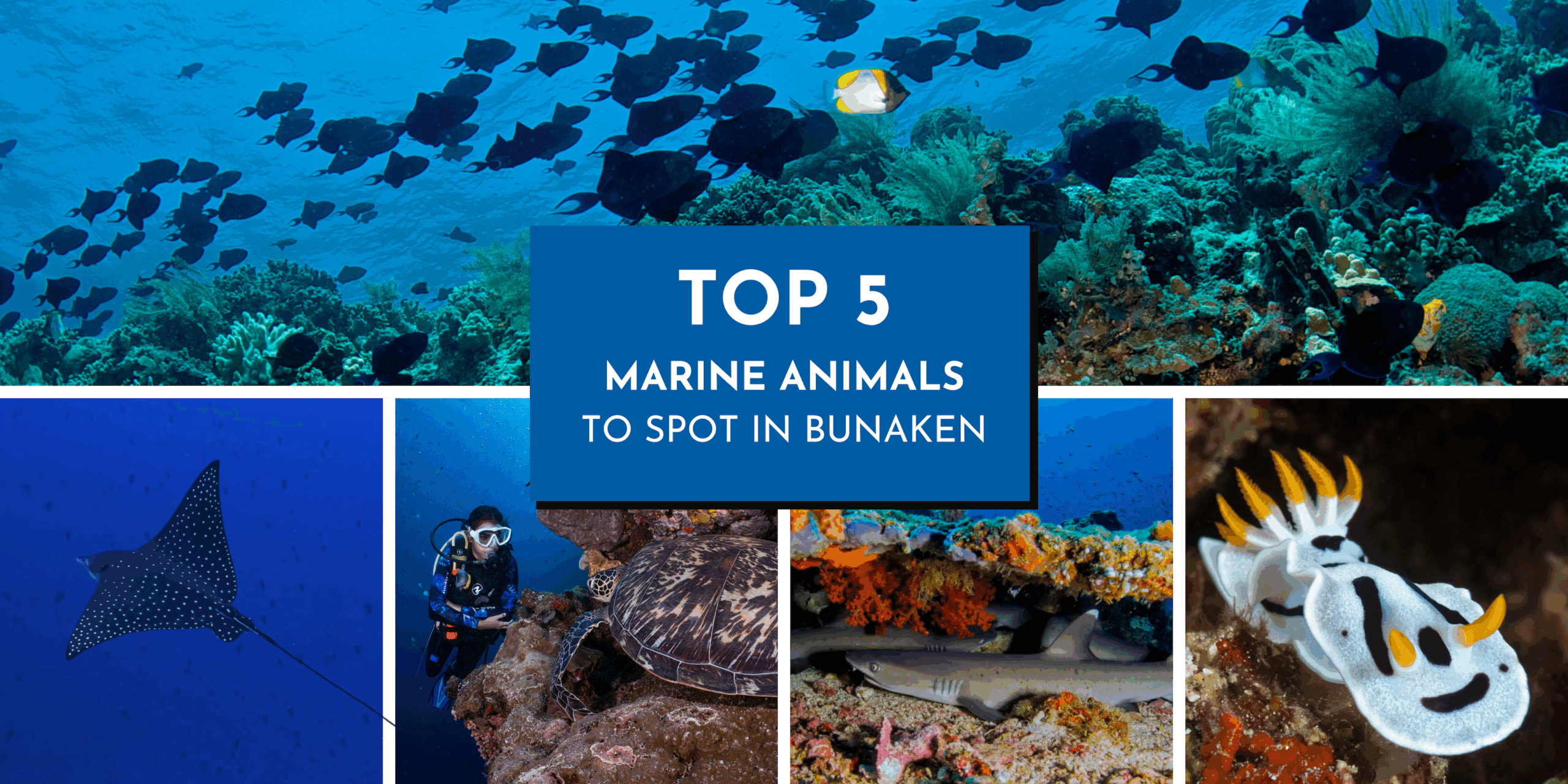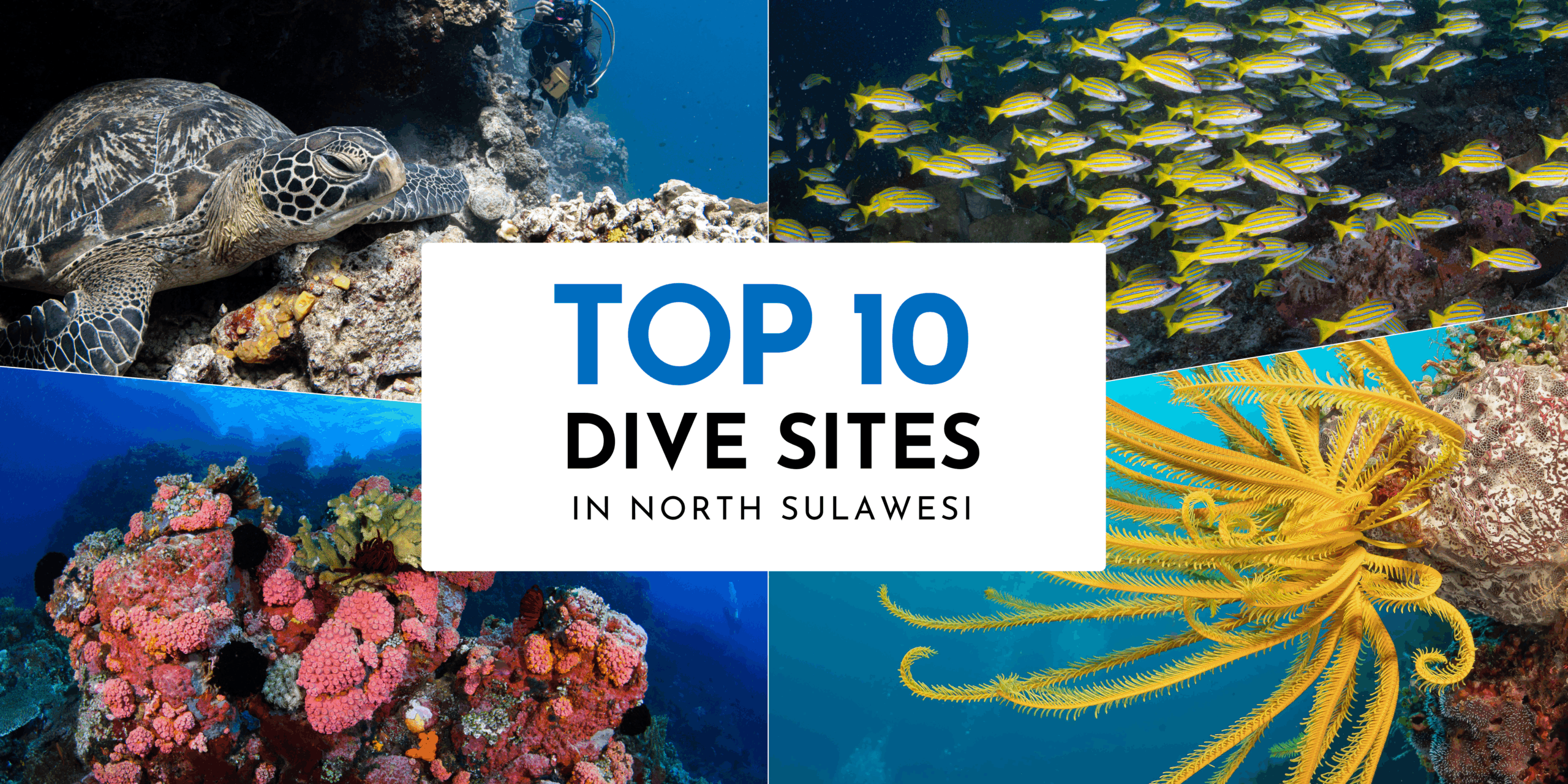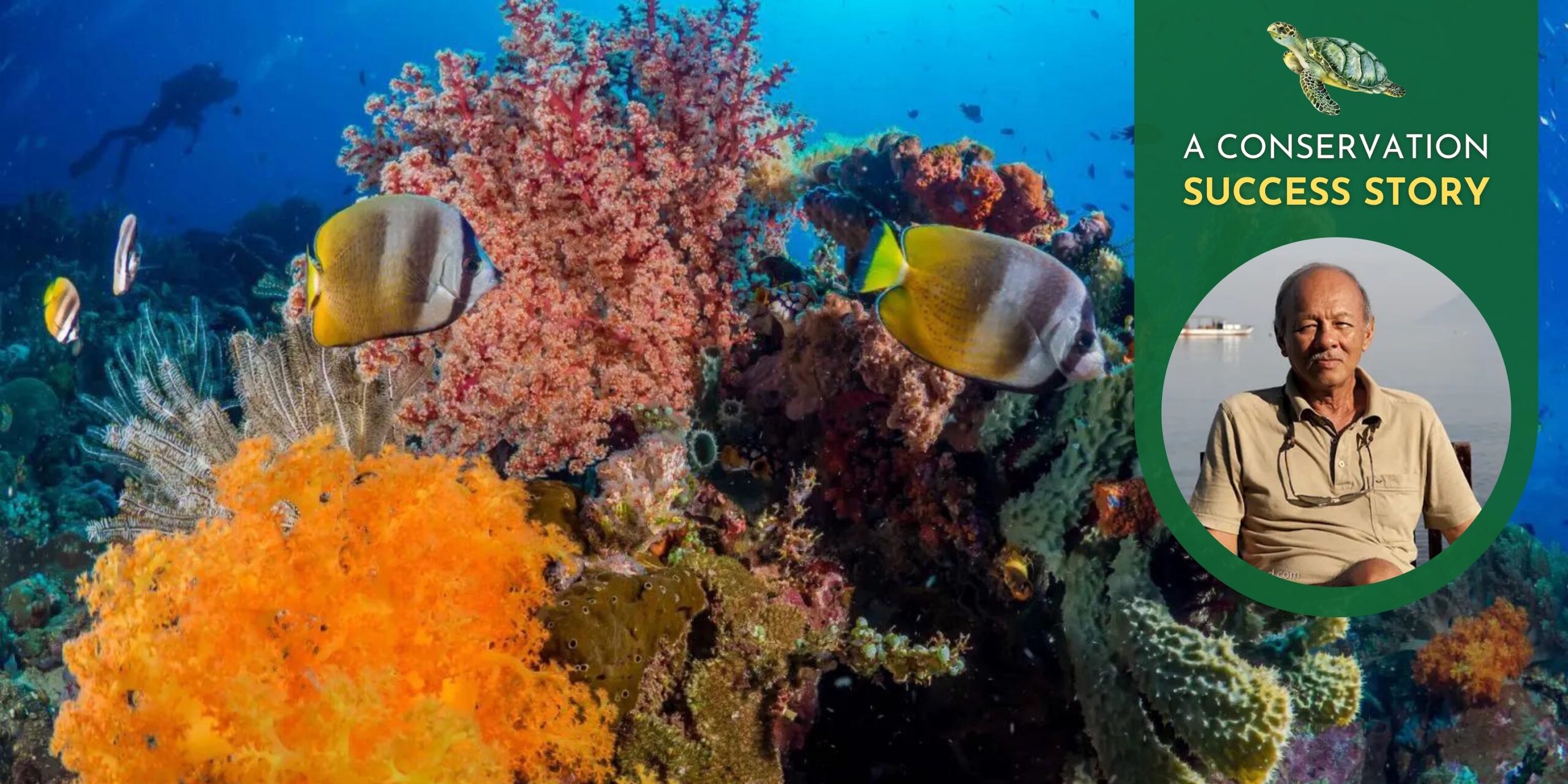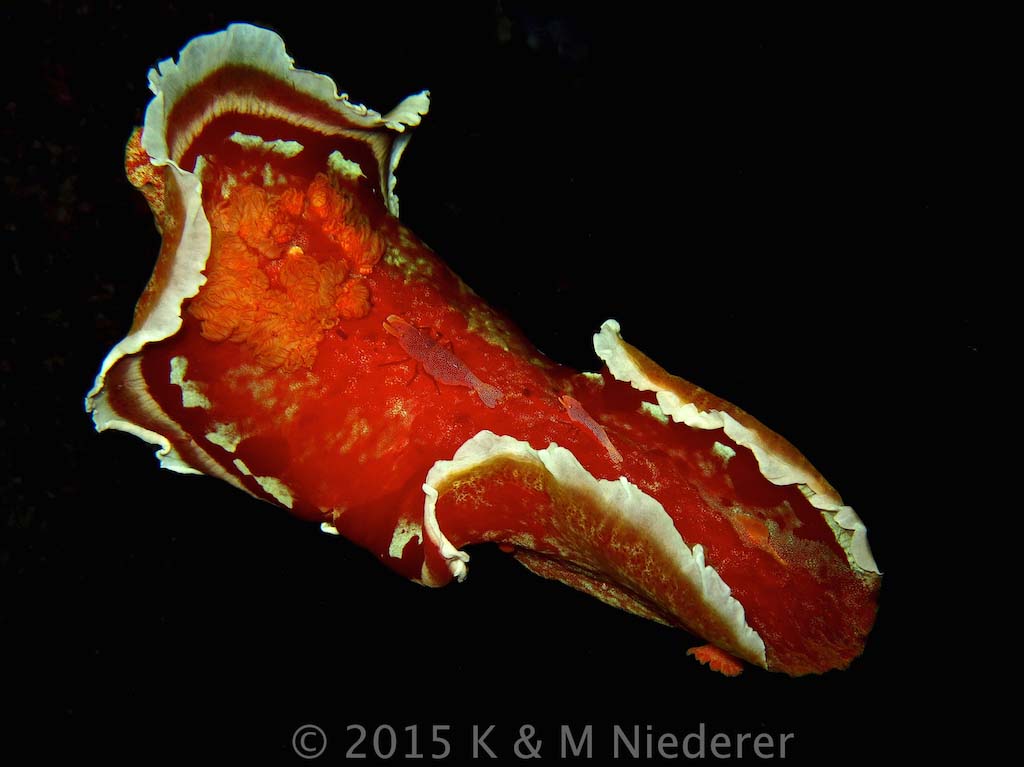
10 Things You Never Knew About Spanish Dancers
The Spanish Dancer is one of the most famous nudibranchs on the planet, it’s the one that people talk about the most and it’s the one everyone wants to see. How much do you know about Spanish Dancers?
Intriguing Facts About the Species of Spanish Dancers: Nudibranch
#1 Classification of Spanish Dancers
The Spanish Dancer is a dorid nudibranch, a marine gastropod mollusc in the family of Hexabranchidae. Hexabranch’s are among the largest nudibranch in existence. The scientific name for a Spanish Dancer is Hexabranchus sanguineus.
#2 The Size of Spanish Dancers
The average length of a Spanish Dancer is 20 – 30 centimeters which is extremely large for a nudibranch. Large individual Spanish Dancers have been known to grow up to an enormous 60 centimeters!
#3 Spanish Dancer’s Movement
Not only does the Spanish Dancer crawl along the sea floor like most other nudibranch, it will also swim when threatened which is a unique talent among nudibranch.
#4 The Naming of Spanish Dancers
Spanish Dancers swim by undulating their bodies which is reminiscent of the undulations of a Spanish Dancer’s red skirt during a flamenco dance – hence the name, Spanish Dancer.
#5 The Appearance of Spanish Dancers
The body of this giant nudibranch is generally orange-red and speckled with several small white dots. In juveniles the body has a white to yellow coloration and often with purple spots. Spanish Dancers generally hold their mantles in an inwardly curled position but when swimming (usually when threatened) the mantle is relaxed outward to provide propulsion as it undulates its body.
#6 What’s the Spanish Dancer’s Diet?
Spanish Dancers survive on a diet of sponges and tunicates which are found in abundance here in North Sulawesi. Spanish Dancers are able to store the toxins from the sponges they eat inside their own bodies (see defences below)

A couple of Spanish Dancers during a night dive at Bangka Island
#7 Spanish Dancers: Defences
The bright red color of Spanish Dancers is not just for show. Just as other nudibranch display bright colors as a warning to predators the Spanish Dancer’s red coloration serves as a danger warning. Toxins from the Halichondria sponges, which the Spanish Dancer consumes, are stored within this its body and make it a highly toxic snack!
#8 The Habitat of Spanish Dancers
Spanish Dancers tend to hide away from sunlight and are generally only found during the day in shady cracks and crevices. Spanish Dancers are most commonly spotted during night dives, as they are nocturnal feeders. One of our favorite dive sites for finding Spanish Dancers is the Murex Manado House Reef which has a good concentration of tunicates and sponges to keep them satisfied.
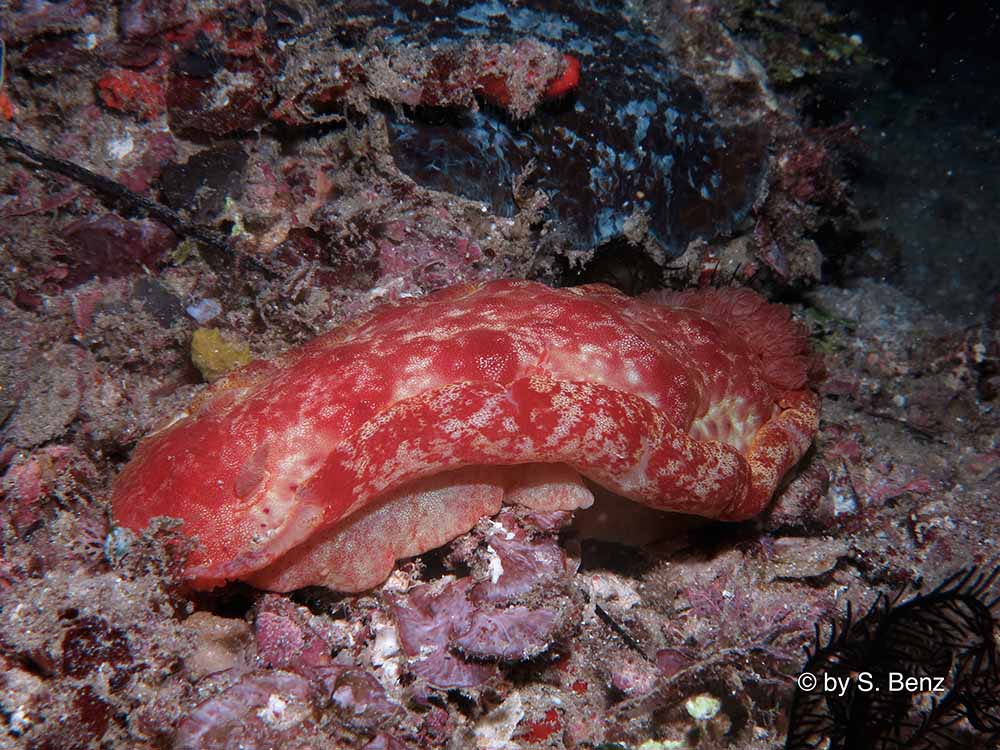
A Spanish Dancer during a night dive at the Murex Manado house reef
#9 Symbiosis of Spanish Dancers
It is not unusual to find colorful Emperor Shrimps (Periclimenes imperator) on a Spanish Dancers body. The two species live in symbiosis with the shrimp feeding on the parasites which live on the nudibranch’s body and receiving free “transport”, while the nudibranch gains a live-in cleaner!
#10 Spanish Dancer’s Reproduction
Spanish Dancers, like other nudibranch species, are simultaneous hermaphrodites (all individuals are both male and female). Individual Spanish Dancers cannot self-fertilize and they always require a mate. The eggs are a red to pinkish coloration and are laid out in a distinctive rose-looking formation which you may have seen on the reefs here in North Sulawesi.
Once the eggs have been deposited neither parent provides care, however, the eggs do contain a dose of the same defence chemicals that the adults obtain through eating sponges and use themselves for protection.

Have you seen a Spanish Dancer before? Now you know more about them we hope your next sighting will be more exciting!
Planning a dive trip to North Sulawesi?
Maximize your experience with “Passport to Paradise.” Dive over 150 sites: Bunaken -> Bangka -> Lembeh. For reservations or more info, email us: reservations@murexdive.com. We’re excited to explore North Sulawesi’s depths with you! Explore the comprehensive understanding of our Murex rates, as well as details about our captivating “Passport to Paradise” package!
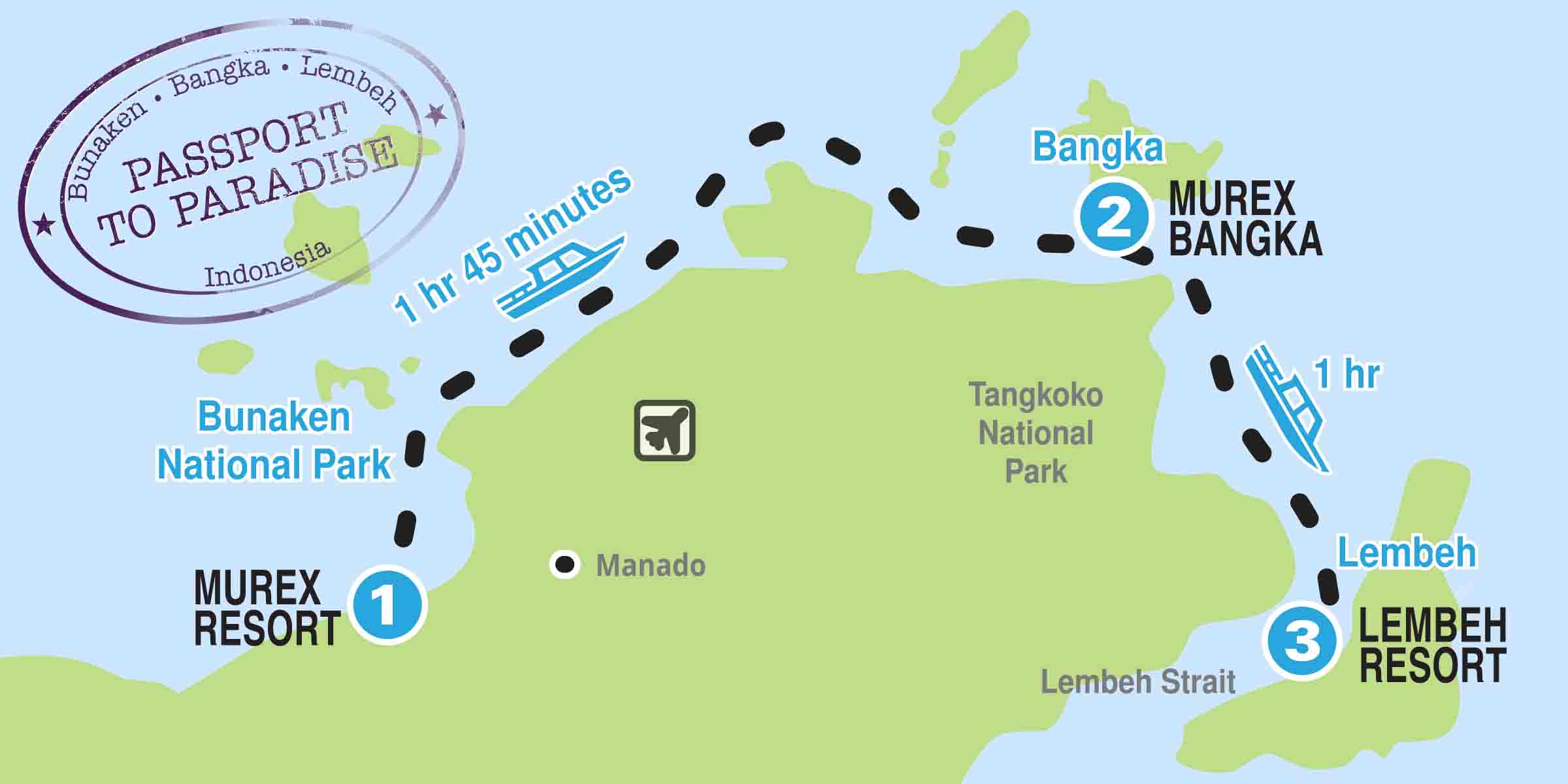
To make a reservation or for more information contact us on: reservations@murexdive.com
We look forward to exploring North Sulawesi underwater with you soon.


